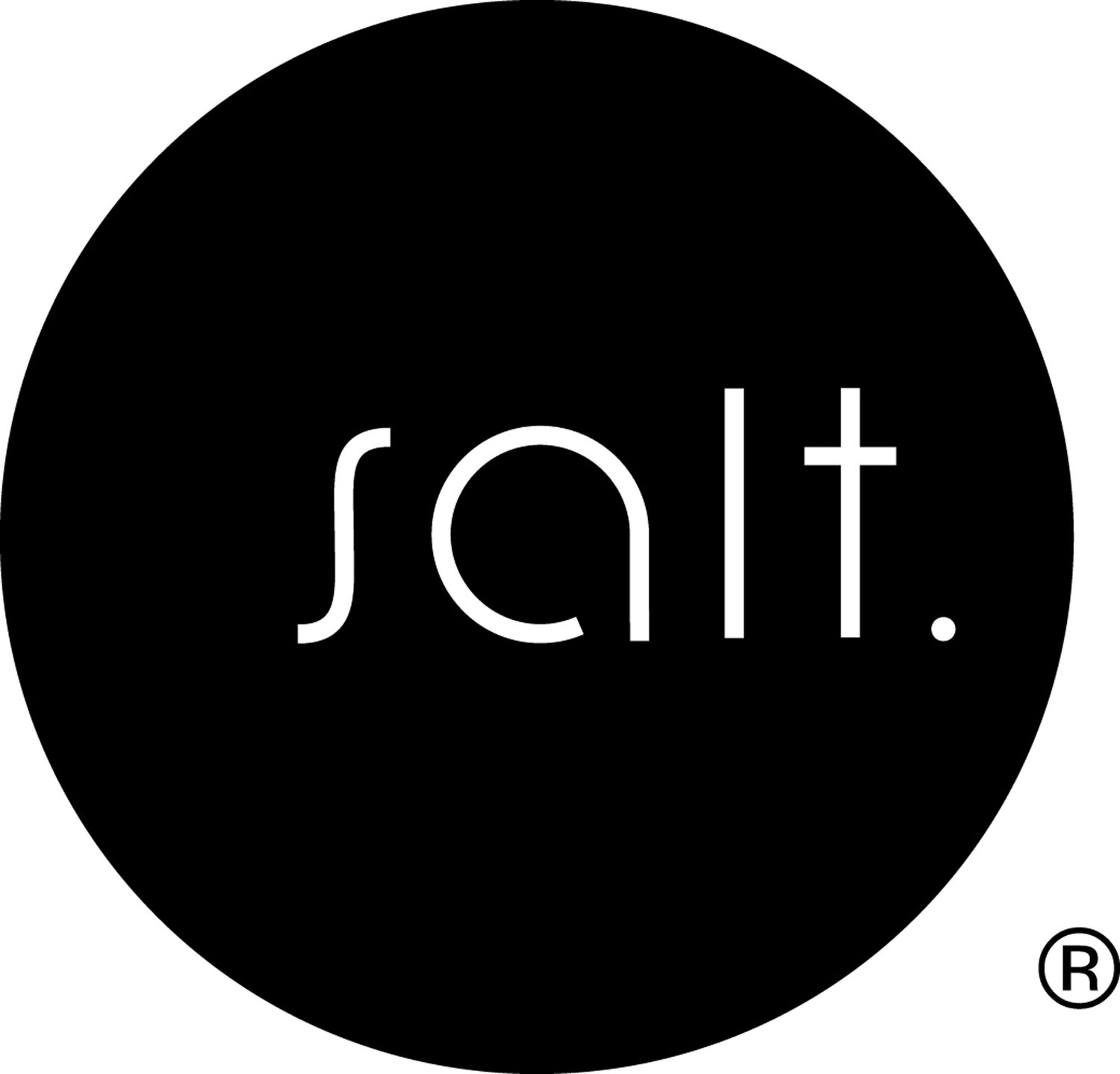The art of photographing finely woven fabrics
The best way to experience salt. fabrics is to view them in person, hanging at a window.
Whenever I begin a new collection or commission I think about how the finished piece will translate to different spaces and light sources, so how can I help my clients do the same?
Capturing the texture, transparency and colour of fine fabrics in a photograph is always a challenge, but with enquiries from around the world and many installations in private properties, it is rarely possible to show our work in situ. At salt. we produce beautiful sample boxes to inspire designers and architects for their upcoming projects but having digital representations is also essential. I met with a wonderful photographer, Paul Winter, to collaborate on photographing our Longitude collection.
A new salt. sample box and contents.
In a studio or on location?
Our first decision was whether to dress a variety of rooms and show the many ways that our fabrics can be used for interiors. Alongside window treatments, salt. fabrics have featured as bespoke dividing screens, cushions, light shades, and are often set between and behind glass or perspex. This shoot would be a great opportunity to showcase their versatility.
Paul and I chatted about the logistics of shooting at real windows. As natural light changes throughout the day we could show the differing warmth and shadows that each design can create. However, we agreed that this could also limit the imagination. We design for all kinds of spaces, from hotels and restaurants to city apartments and country retreats, alongside boats with ballrooms, so it felt restrictive to create one or two specific looks. Instead we chose to shoot in Paul’s beautiful, bare, Brighton studio to let the fabrics speak for themselves, the shoot became The Shoot.
playing with shadows in the forest of fabric.
Getting the light right.
With Paul’s expert guidance we were able to complement the natural light from his studio windows with additional lamps. We needed to show how the fabrics responded from day to night.
I love experimenting with colour and weights so I wanted to show the vibrancy of a stainless steel thread, contrasted against a more muted natural linen. To achieve this we created a hanging “forest of fabric”, layering different designs around each other and shooting from several angles.
We used a fan to create a gentle undulation for longer drapes, showing how the fabric can dance as it moves.
For the detail we experimented by laying smaller pieces on a lightbox to show the intricacies of the woven texture, something we have become synonymous with over time. These shots weren’t planned, but the results are some of my favourites from the whole day.
Colour correction?
As with all photography, our biggest challenge was ensuring an accurate representation of the colours we are able to create by blending complementary threads. Different online environments can compress and dull photography meaning that viewing on certain devices and platforms could make a huge difference in how this colour is represented.
Paul really understood this and succeeded in capturing the colours wonderfully.
Creative chemistry
Agreeing a shared vision for this shoot was critical and I knew I had to find a photographer to work with that I could trust with the brief, and who would trust me to respect their process!
Design can be a solitary experience and when I am creating I love being given the space to work alone. I can’t imagine having so many people observing me the way that a photographer does, so thank you to Paul, Claire and Ryan at Studio X Sea for really listening, understanding, and letting us get in their way all day.
June and Paul at the end of a very successful shoot.
Watch our behind the scenes video from the shoot.











